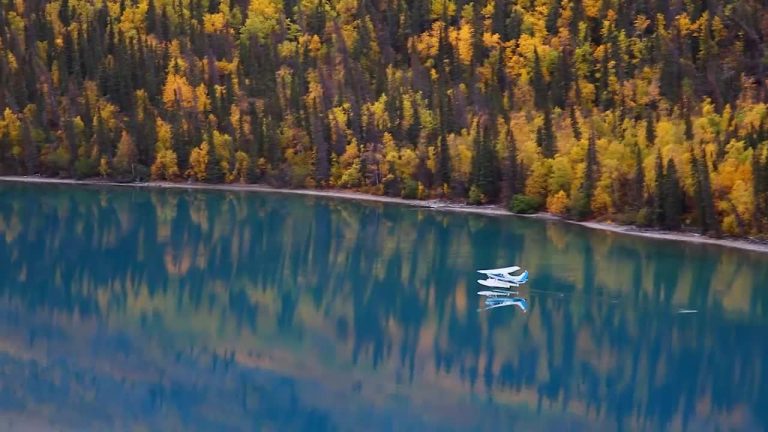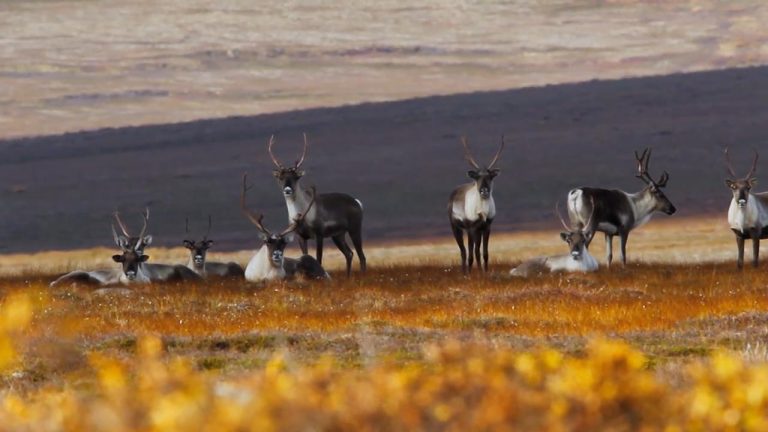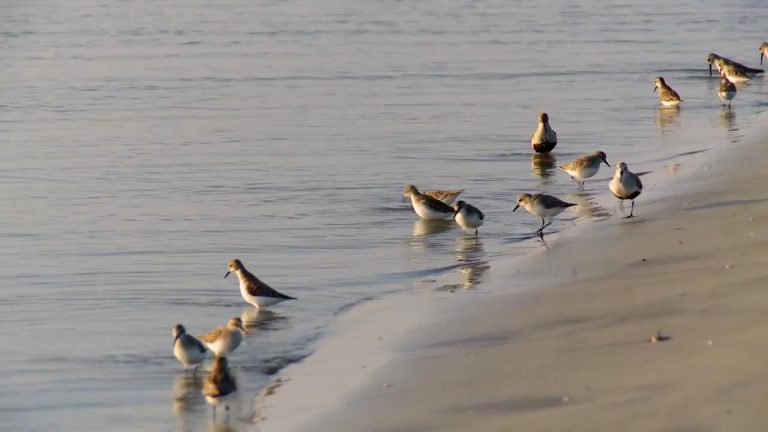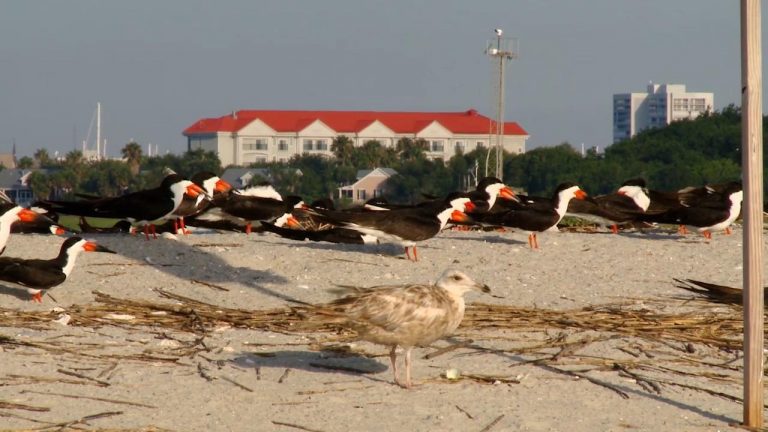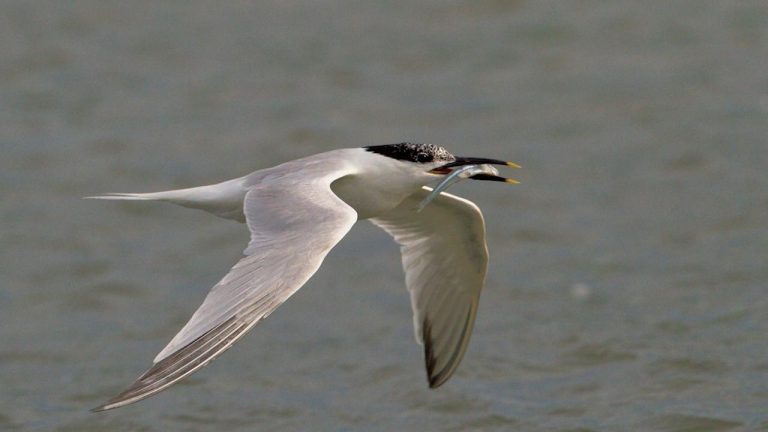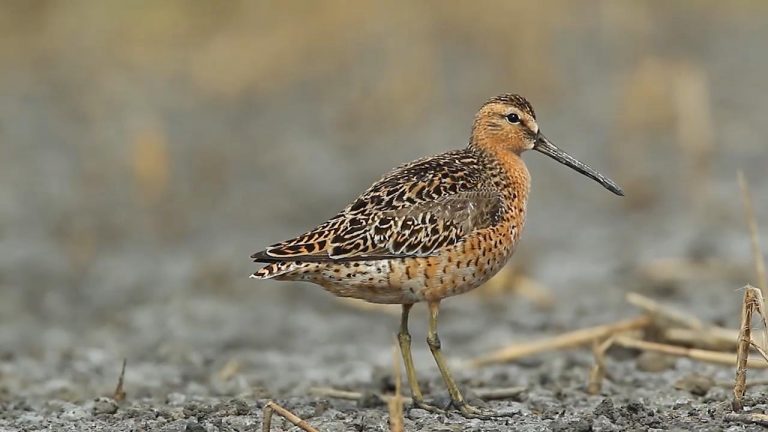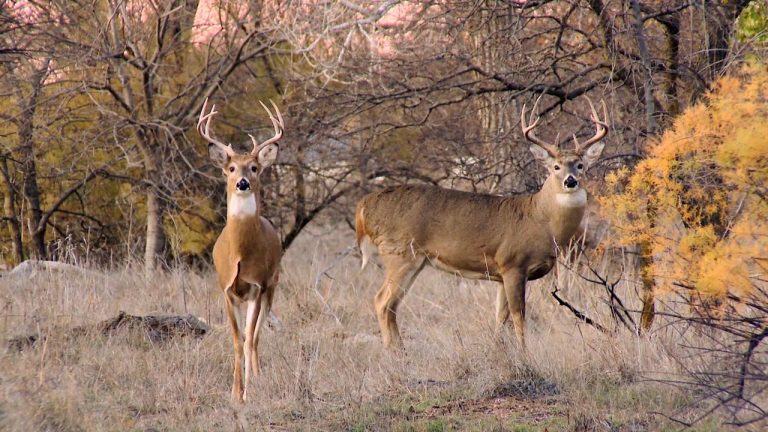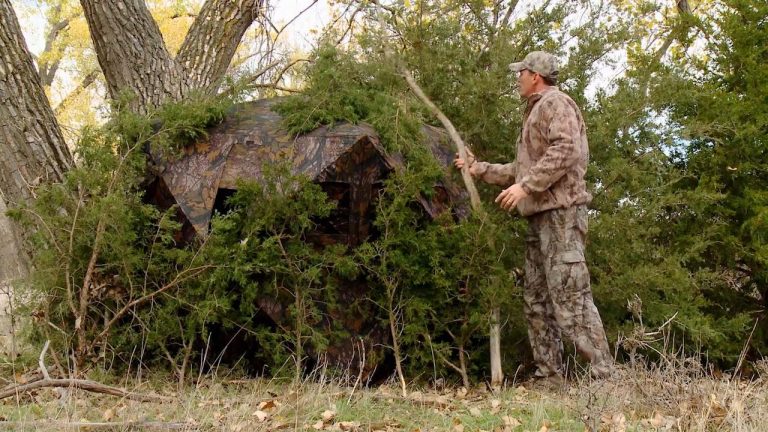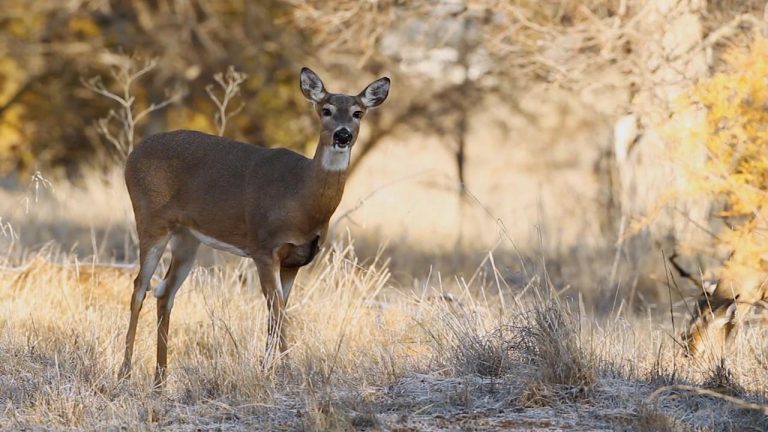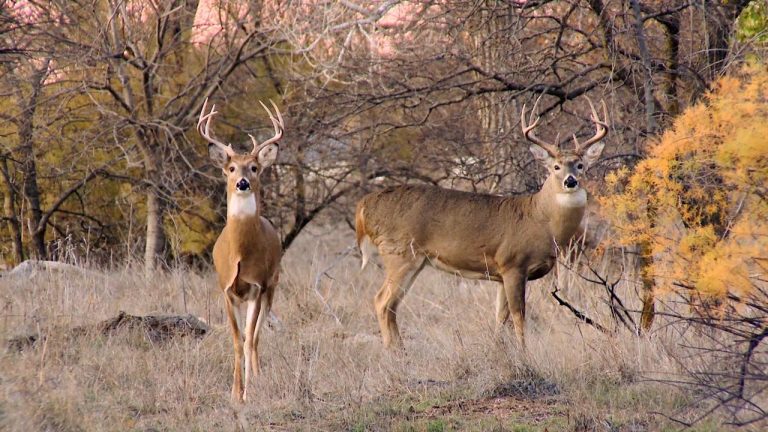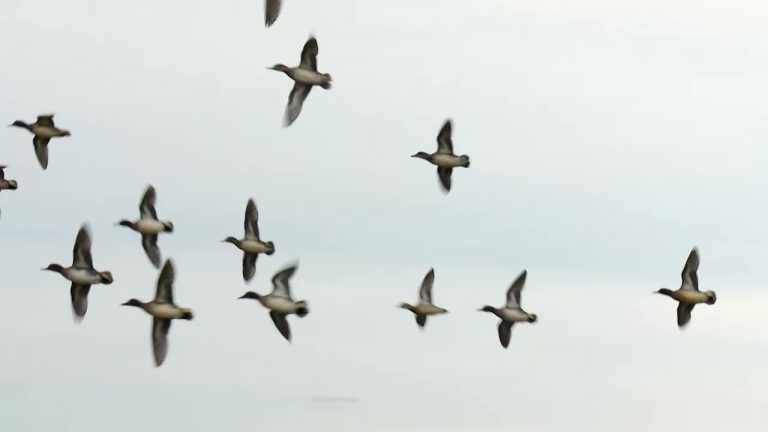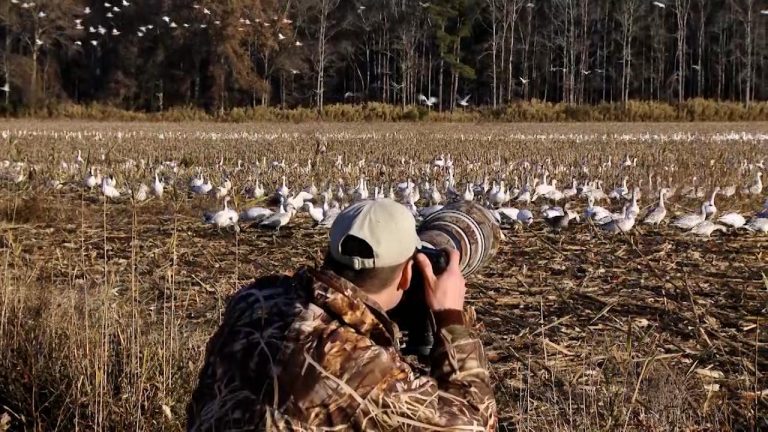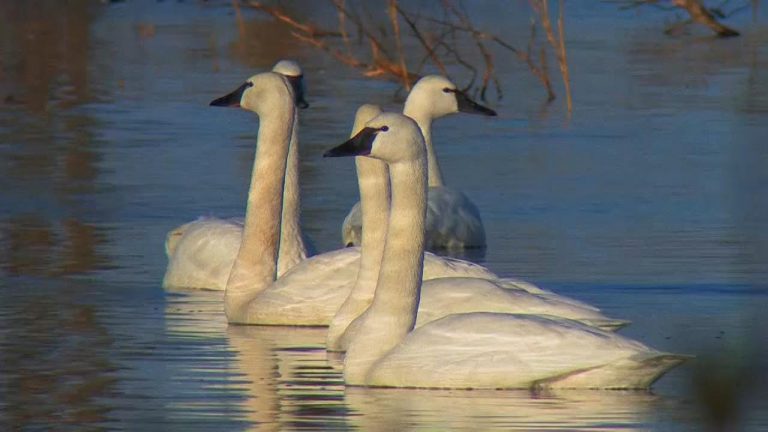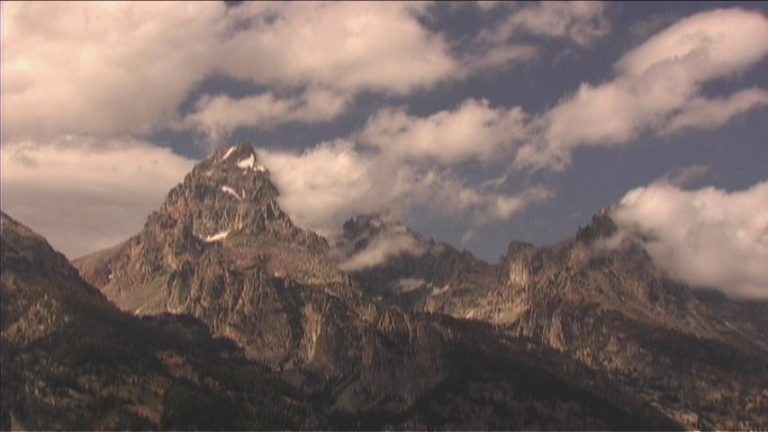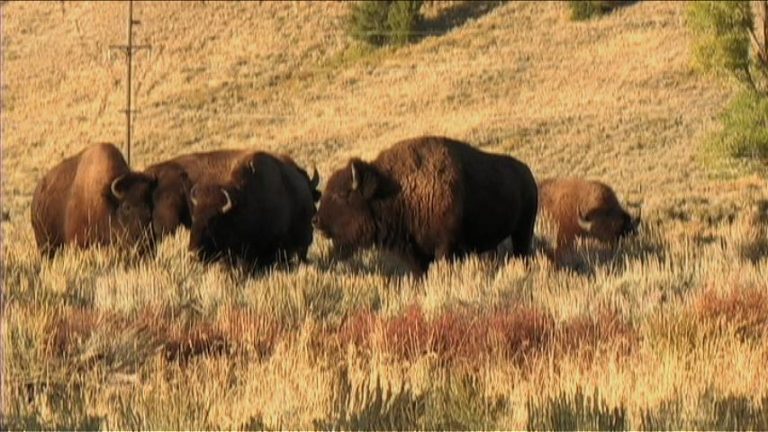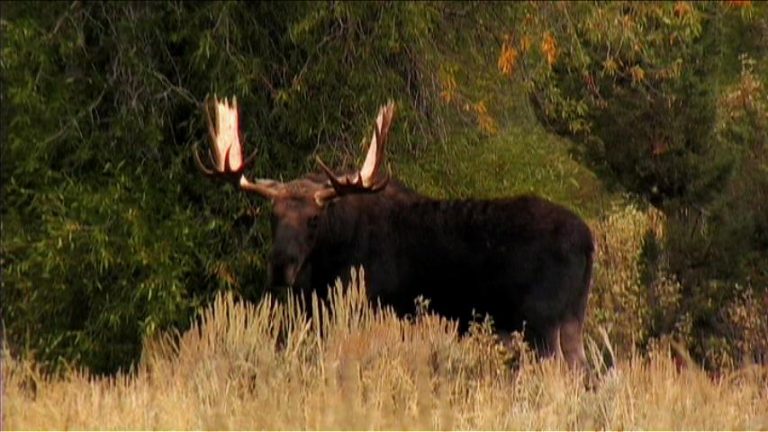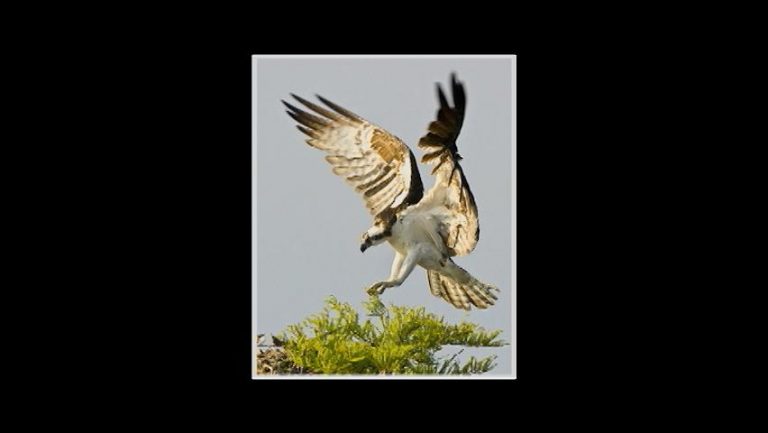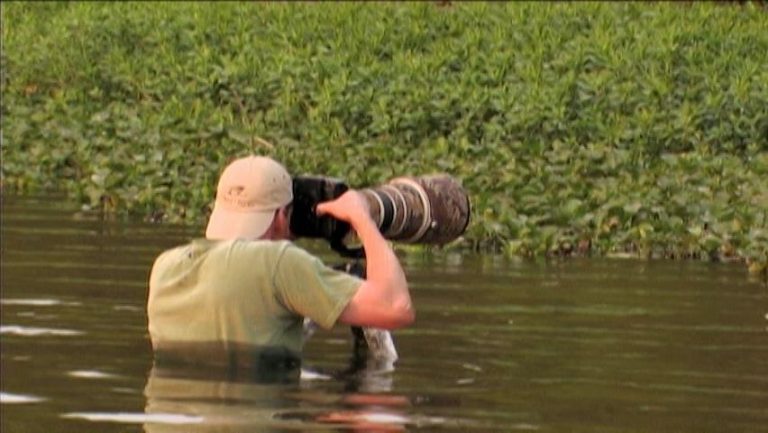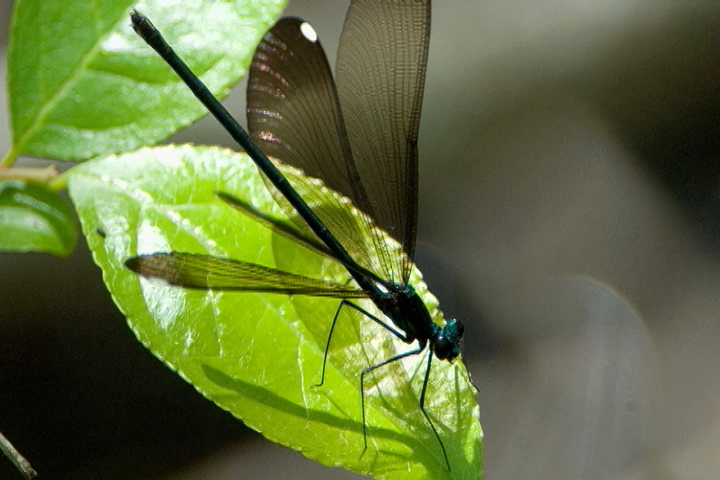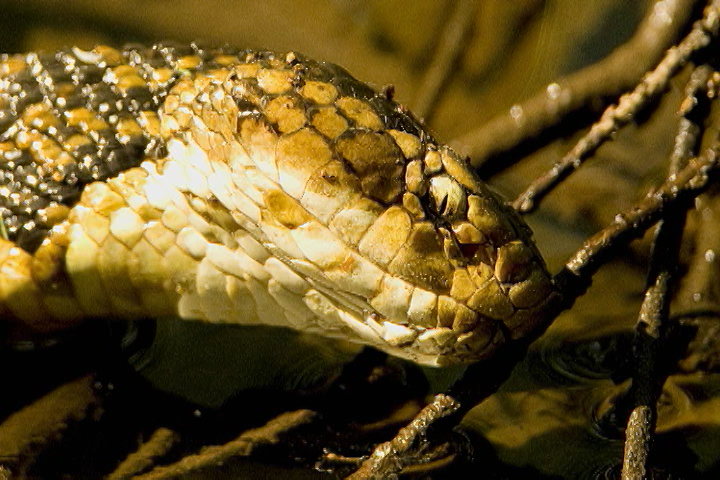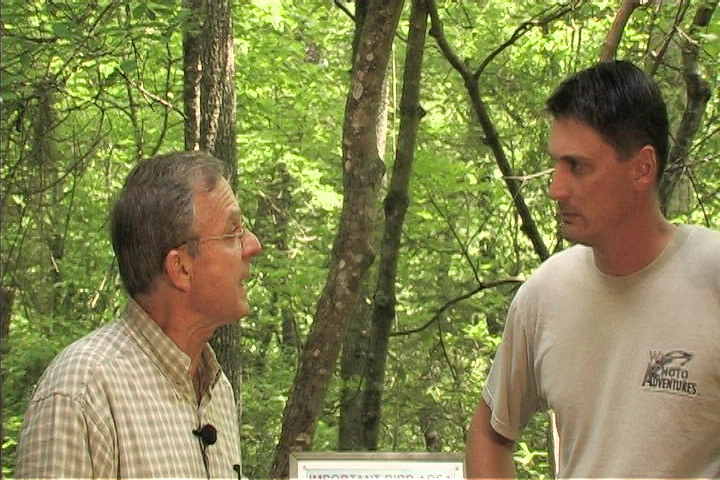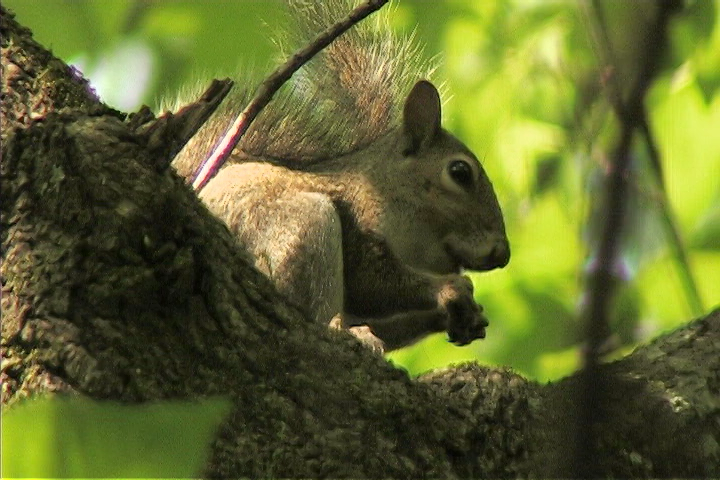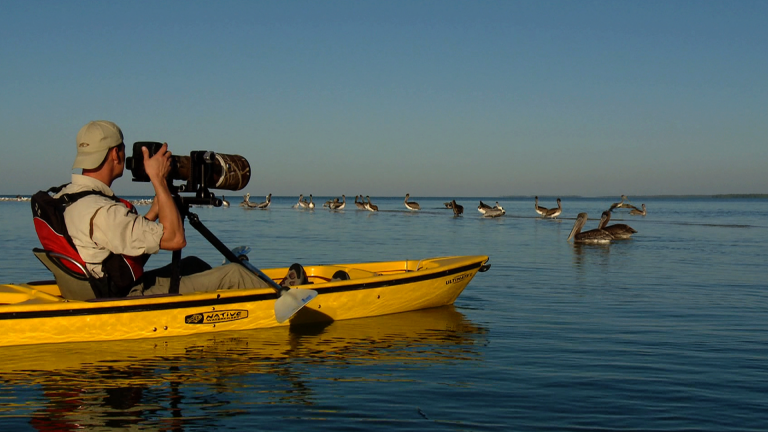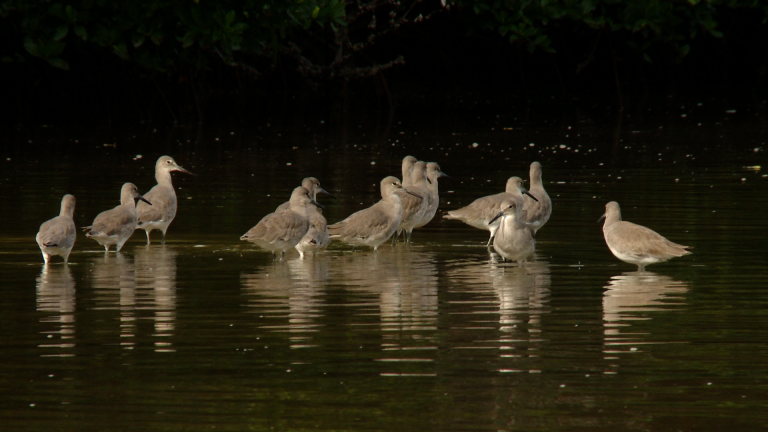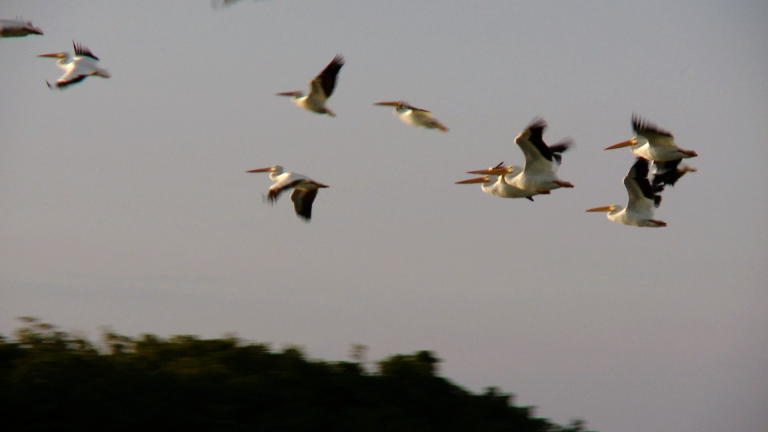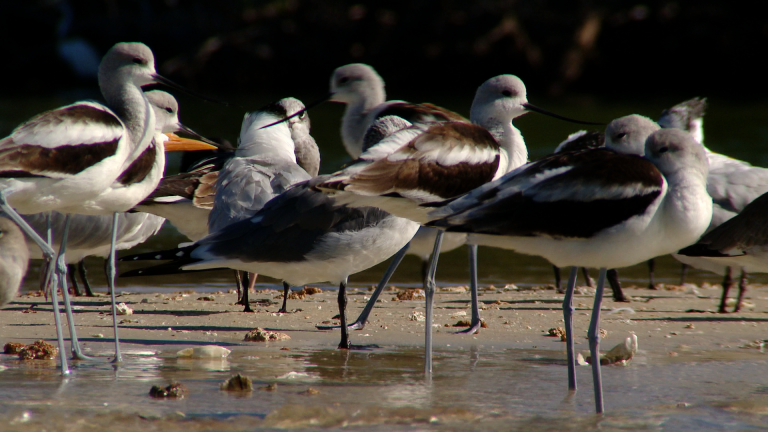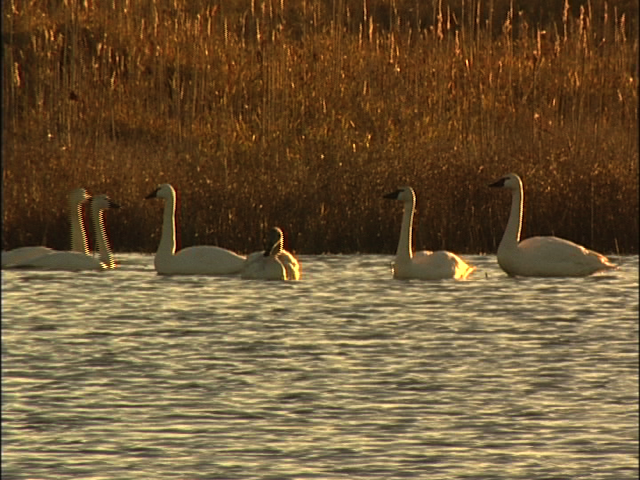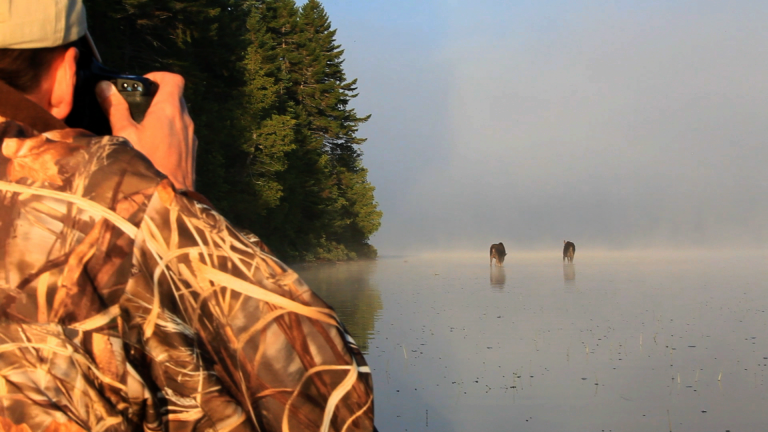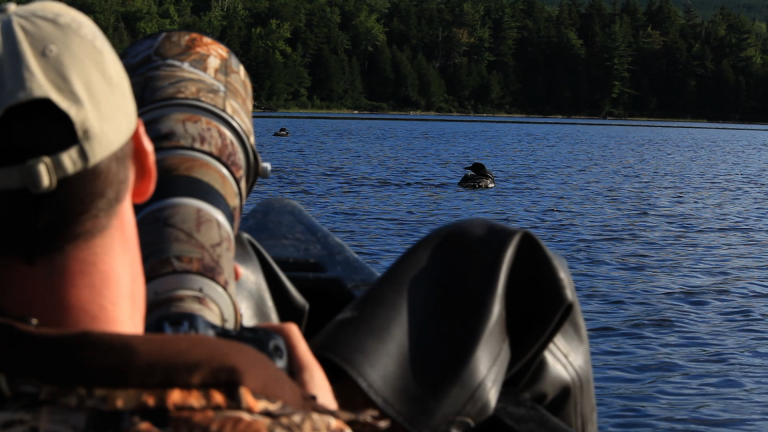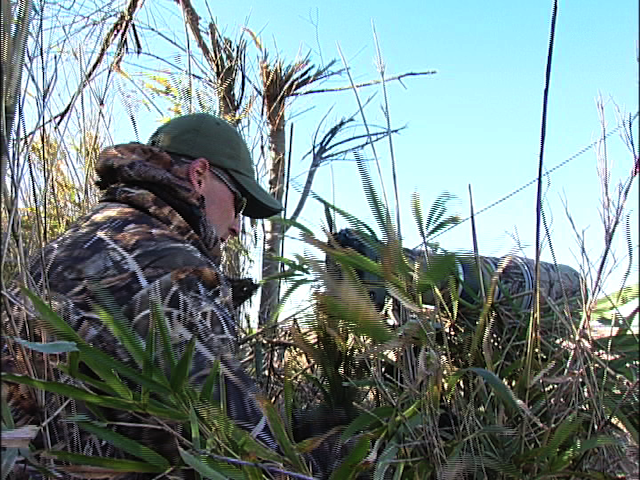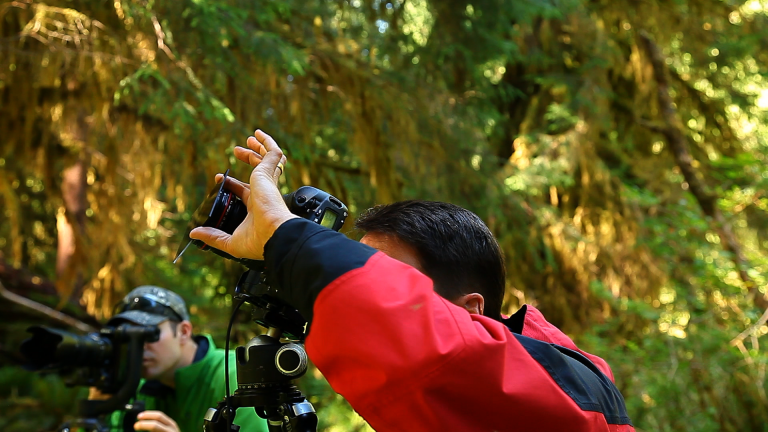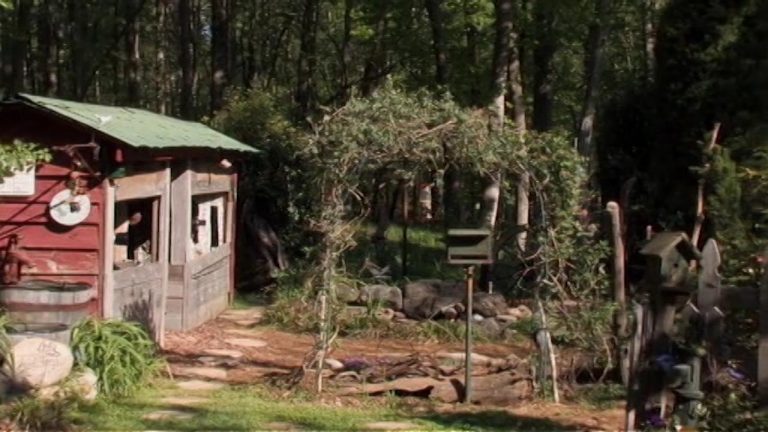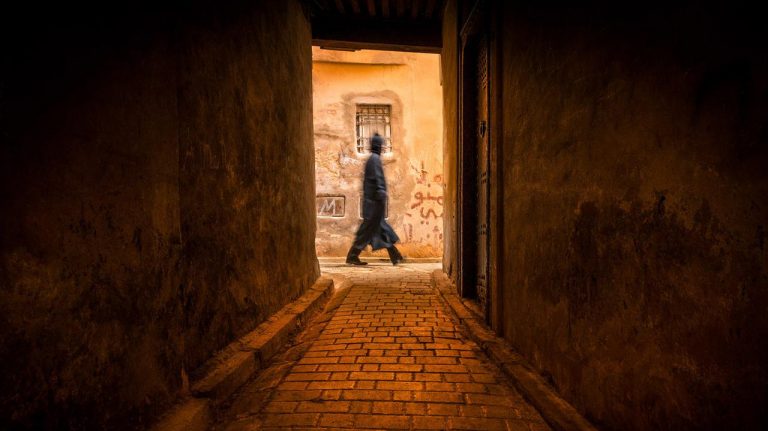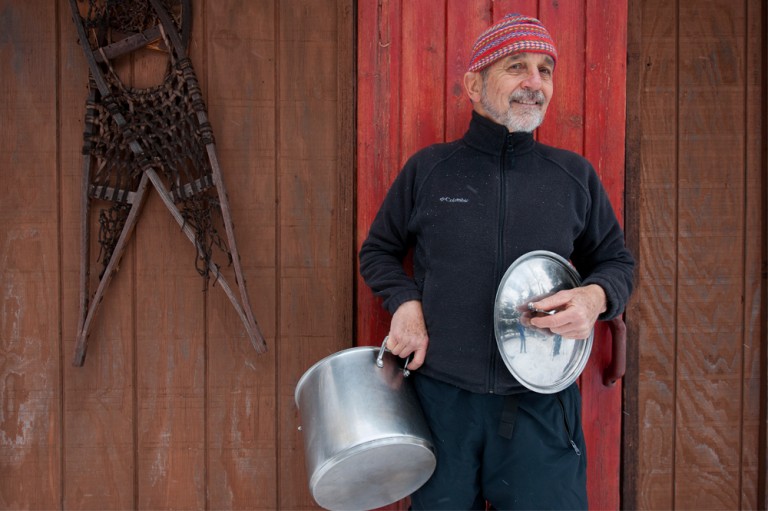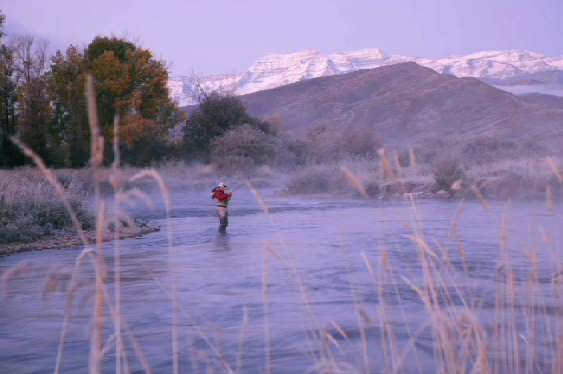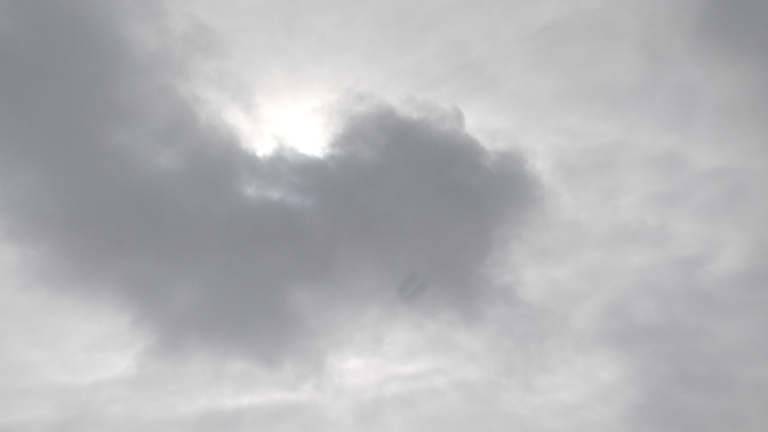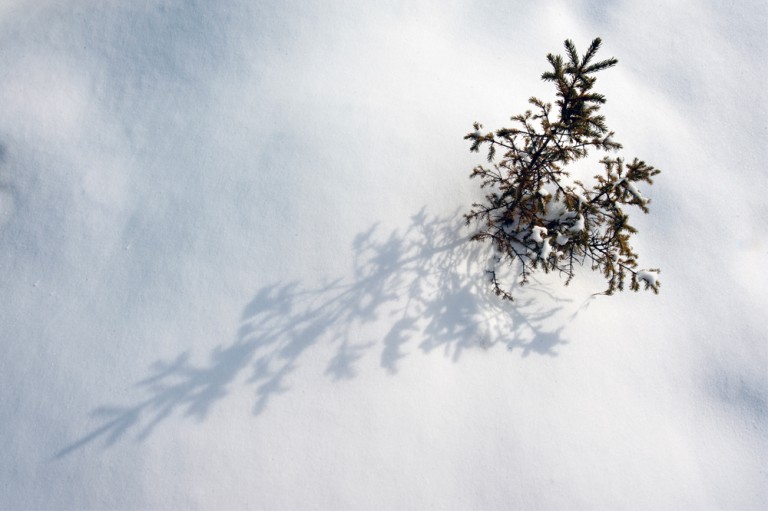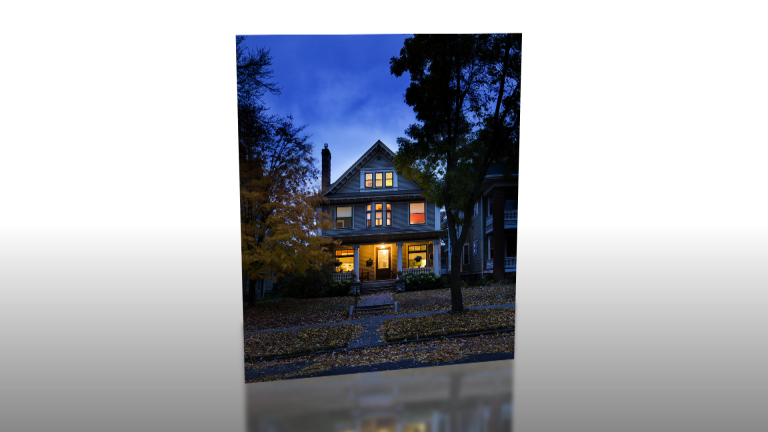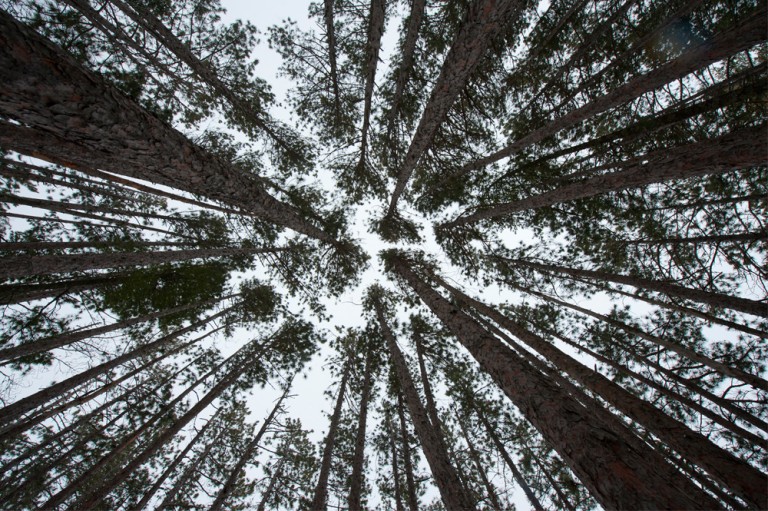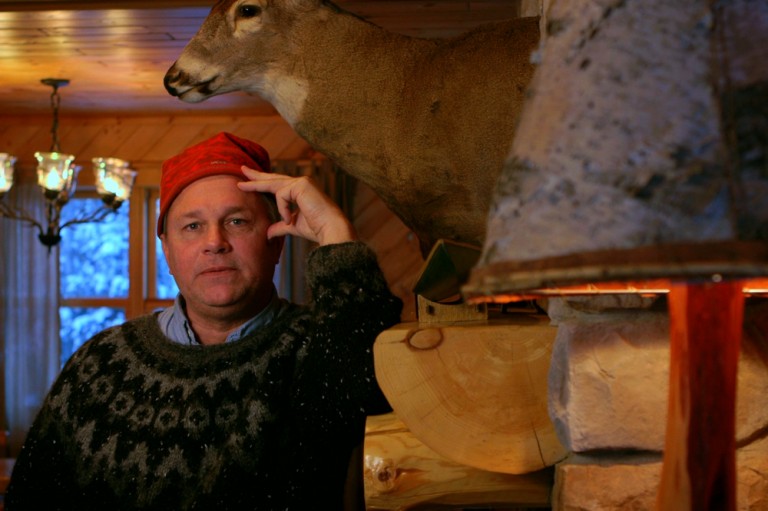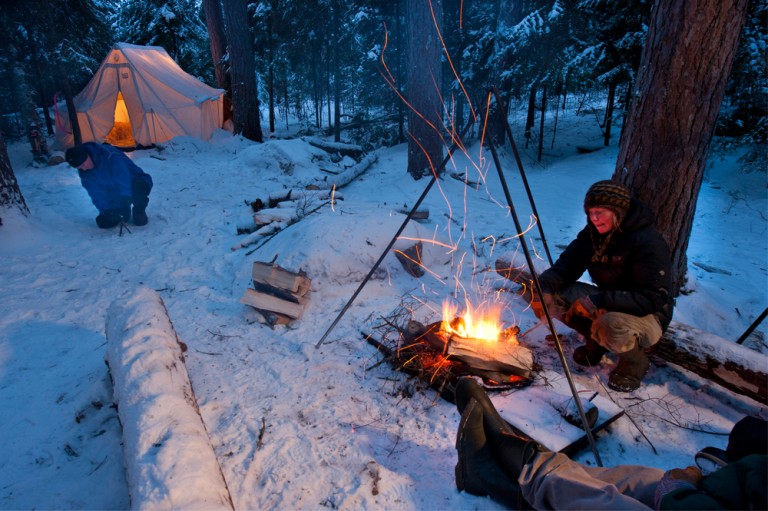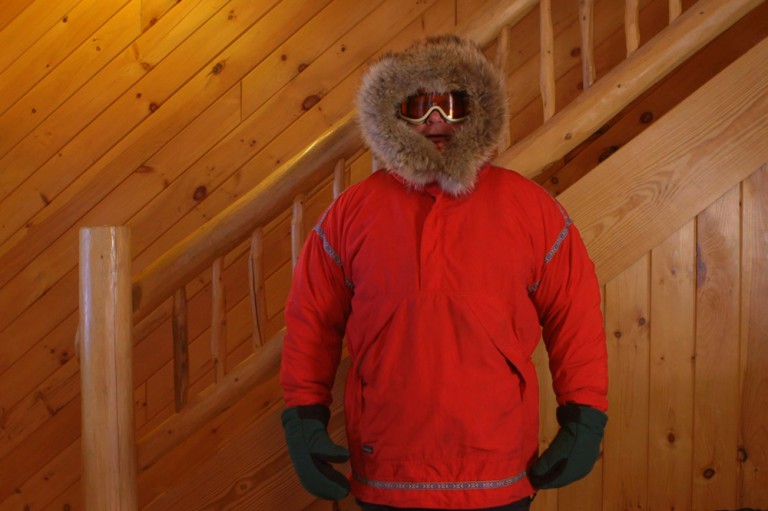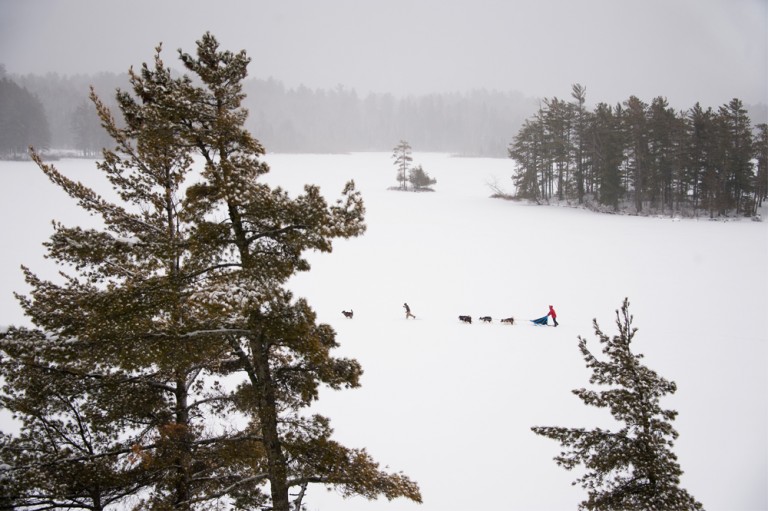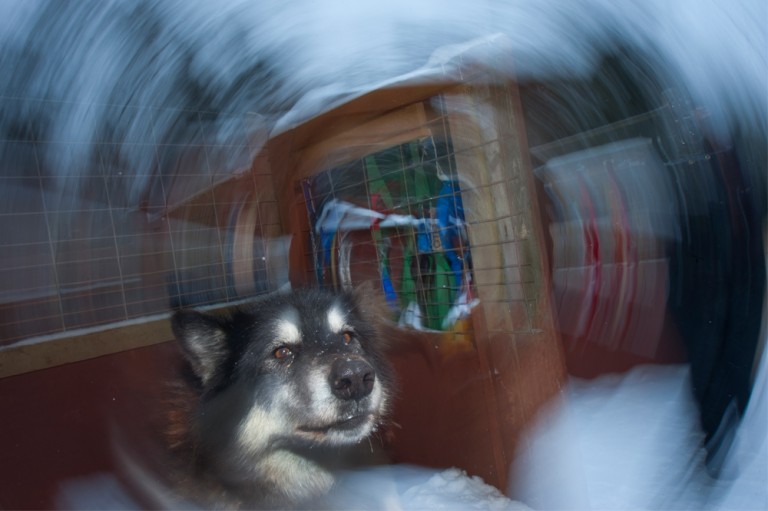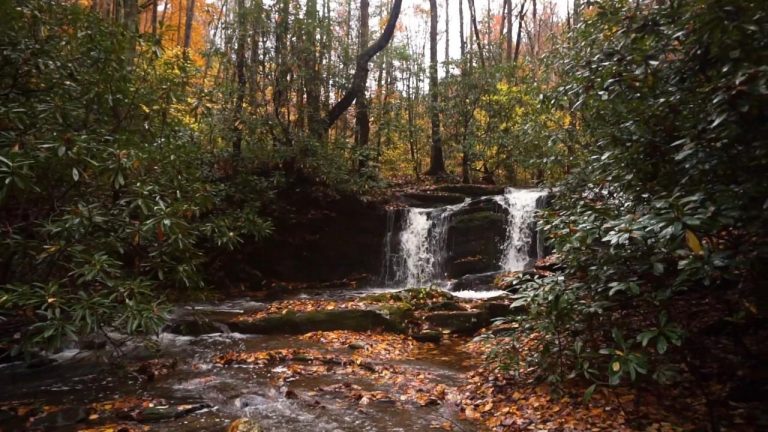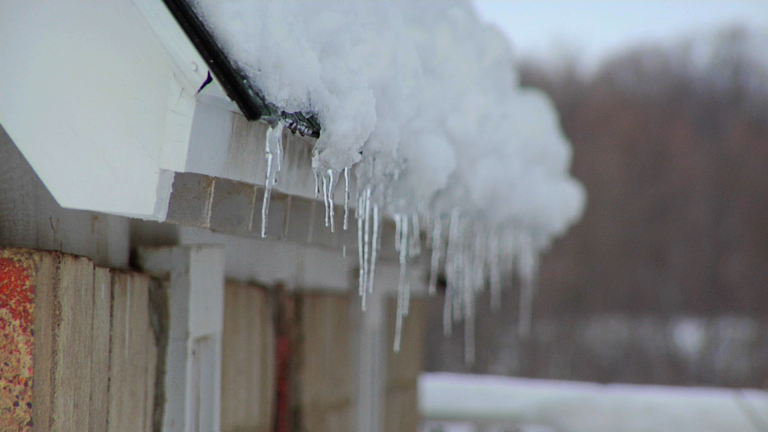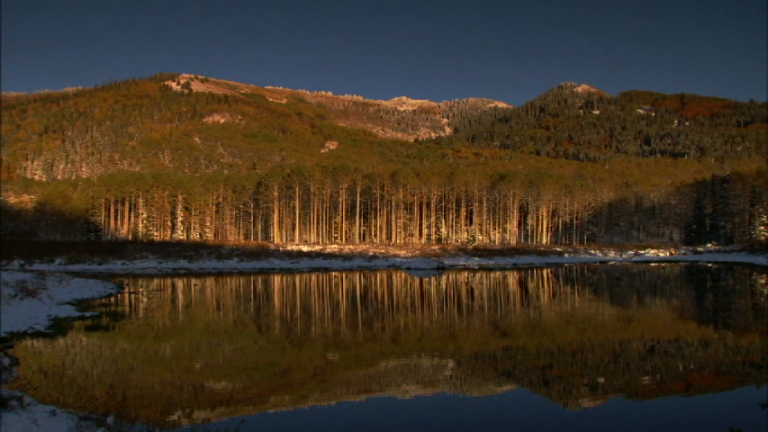
Photographing Moose and Their Habitats
Doug GardnerPhotographing moose takes patience and perseverance. In this video, outdoor photographer Doug Gardner takes you to the northern woods of Maine for tips on how to capture these elusive creatures in their natural habitat. You will learn to use camouflage to keep hidden, how to stay upwind to disguise your smell, and how to make photographs under a variety of lighting conditions.
The best time of day for photographing moose is early morning and early evening. Guide Mark Patterson takes Doug on a canoe trip to a remote swamp, and they slog through the wet mud to a large pond. A high concentration of bugs cause moose to find shelter in open water. When Doug finally spots a bull moose feeding in the pond, the backlighting hampers his images. Circling the pond, Doug finds the moose knee deep in the shade of the pond, the background woods in sunlight. But the clouds move in, causing the sunlight to fade in and out. To account for these rapid changes in lighting, he shows you how to adjust exposures quickly. When photographing moose, it’s important to never be in a hurry and to stay hunched and hidden. Moose can see shapes but not detail or color.
When photographing moose, you have to often move around. Carrying a camera and a 500mm lens can be difficult. Doug uses a monopod for versatility. But he has to wait for lulls in the wind to get a stable platform in order to hold sharp focus. You will learn to always focus on the eye when shooting a large wild animal. Why? Because there is a lot of distance between the eye and the end of the body. Doug recommends shooting at f5.6 or f8. Follow pro shooter Doug Gardner for techniques on photographing moose in the woods of Maine.
MORE IN THIS COURSE:
- Capturing Moose, Loons & Waterfowl – Course Preview
- Photographing Moose and Their Habitats
- Capturing Moose and Loons
- Photographing Wildlife in Maine
- Geese Photography Tips and Techniques
- Tips for Photographing Flying Birds
- Photographing Waterfowl Tips and Techniques
- Outdoor Photography Forum and Tips
Explore videos by Doug Gardner
You may be interested in
Premium Membership
Unlock exclusive member content from our industry experts.
- 24/7 Access to Premium Photography Videos, Tips, and Techniques
- Step-by-Step Instructional Demos and Guides
- 50% Off Video Downloads Purchased in the Outdoor Photography Guide Shop
- Access to Ask the Expert Program
Unlock exclusive member content from our industry experts.
- 24/7 Access to Premium Photography Videos, Tips, and Techniques
- Step-by-Step Instructional Demos and Guides
- 2 Full-Length Video Downloads to Watch Offline
- 50% Off Video Downloads Purchased in the Outdoor Photography Guide Shop
- Access to Ask the Expert Program
Gold Membership
$463 Value
Get everything included in Premium plus exclusive Gold Membership benefits.
- 24/7 Access to Premium Photography Videos, Tips, and Techniques
- Step-by-Step Instructional Demos and Guides
- 8 Full-Length Video Downloads to Watch Offline
- 2 Full-Length Photography Classes to Keep for Life
- "How to Shoot Creatively" Educational Track
- Discounts on Purchase-to-Own Content in the Outdoor Photography Guide Shop
- Access to Ask the Expert Program
- Exclusive GOLD LIVE Streaming Events

